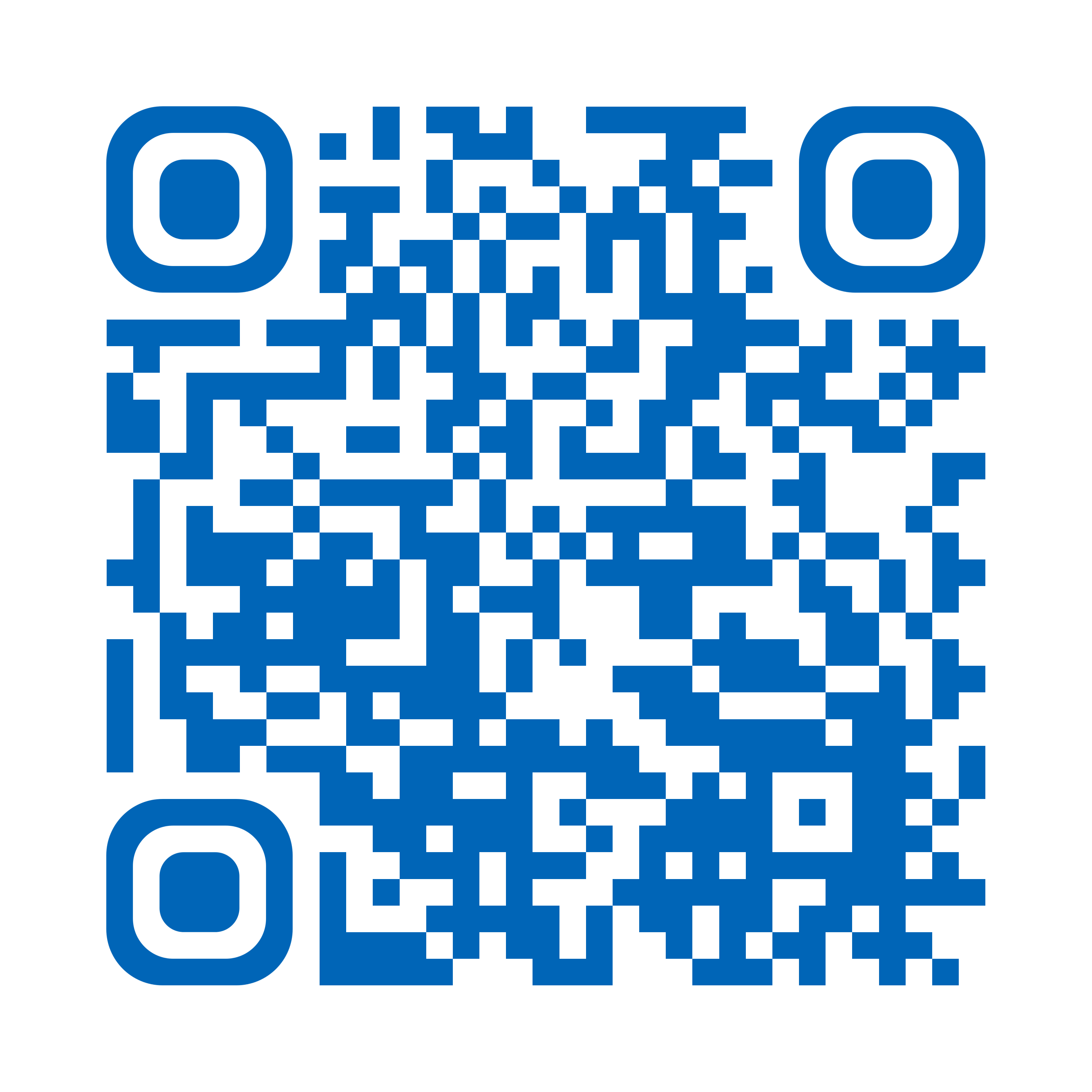- Reference Number: HEY998/2025
- Departments: Radiology
- Last Updated: 31 January 2025
Introduction
This leaflet has been produced to give you general information about your ultrasound examination. Most of your questions should have been answered by this leaflet. It is not intended to replace the discussion between you and the healthcare team. If after reading it you have any concerns or require further explanation, please discuss this with a member of the healthcare team.
What is a contrast enhanced ultrasound examination?
It is an ultrasound scan which is enhanced by a contrast agent. It is performed to look in detail at the anatomy of your abdominal organs. This is done to determine if there is anything abnormal or confirm if your anatomy is normal.
Why do I need a contrast enhanced ultrasound examination?
The healthcare team looking after you has referred you for an ultrasound examination to prepare a diagnosis. The scan can detect abnormal findings but is most often used to reassure you and your doctor that there are no abnormalities present.
You may have had a recent computerised tomography scan (CT), Magnetic Resonance Imaging scan (MRI) or ultrasound examination. Sometimes this can highlight areas that require more investigation. This is quite common, and patients are often referred for a contrast ultrasound examination to help identify if there is a problem.
How is the examination performed?
You will be asked to lie down on an examination couch in a darkened room. The member of staff undertaking your scan will either be a sonographer or doctor. Before the procedure starts, the staff member will introduce themselves. There may also be an imaging support worker present in the room. They are there to provide help and support to you and the sonographer or doctor. You may ask them to leave if you would prefer not to be accompanied.
Your abdomen will need to be exposed. We advise you wear a top and either trousers, shorts or a skirt so that all of your clothing does not need to be removed. A cool gel is placed on your abdomen and a probe is moved over the skin. Gentle pressure is required to obtain the best images. The images are displayed on a monitor which the sonographer or doctor will look at and interpret.
As part of the test, you may be given a small injection of an ultrasound contrast agent called Sonovue. This is a saline solution; it is not iodine based. The contrast leaves your body, via your normal breathing, after around 5 minutes. Between 2 to 5 ml of the contrast agent will be injected via a small cannula placed in your arm. The contrast enhances the scan and gives extra information about blood flow to help with your diagnosis.
Once the examination is completed you will be given tissue to wipe away the gel. We can help you with this if you find it difficult.
Can there be any complications or risks?
There are no complications or risks to having the ultrasound examination. However, there are a small number of known complications or risks that could occur following a contrast injection.
- There is a very small risk that the area where the cannula was inserted may bleed following the injection. If you have any concerns regarding pain or bleeding which is not settling, please contact your doctor for advice.
- There is a small risk of an allergic reaction. There is around a 1:1000 risk of a mild reaction and a 1:10,000 risk of a severe reaction.
Please inform the healthcare professional performing your scan if you have ever experienced allergic reactions to laxatives or if you have ever experienced reactions to face creams.
Please inform the healthcare professional performing your scan if you are an asthmatic or if you have ever been told that you need to be placed on a low salt diet.
Please inform the healthcare professional performing the scan if you experience any of the following during the scan:
- Unusual taste in the mouth
- Tingling or numbness in the arms, legs, hands or feet
- A warm feeling throughout your body
- Feeling faint or dizzy
- Difficulty breathing or tightness in the chest.
The likelihood of you experiencing a reaction is incredibly rare, however if you do experience a reaction, we may need to give you some medication to reverse the symptoms of the reaction. It is very important that you inform the healthcare team if you feel unusual.
Please also inform the team if you have a pulmonary shunt or a persistent ventricular septal defect as you may be unable to proceed with this type of scan.
How do I prepare for a Contrast Ultrasound examination?
No special preparation is required. In the majority of cases you do not need to starve or fill your bladder. However, if this is required we will inform you of this on your appointment letter.
What if I am taking warfarin and need an injection?
There is no different preparation or procedure required if you are taking warfarin or any other blood thinning medication.
Can I drive following the examination?
Yes, however we ask for you to remain in the department for approximately 10 minutes following your procedure to make sure you have no immediate side-effects before you leave.
Should you require further advice on the issues contained in this leaflet, please contact the Ultrasound Department on: tel: 01482 624044

